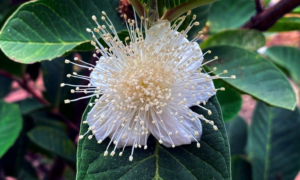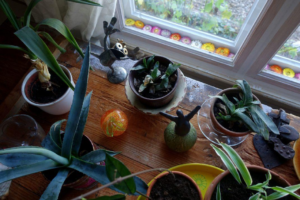Peonies, with their lush petals and captivating fragrance, are cherished by gardeners and flower enthusiasts alike. Understanding the lifecycle of these magnificent flowers is essential for cultivating healthy plants and enjoying their stunning blooms year after year.
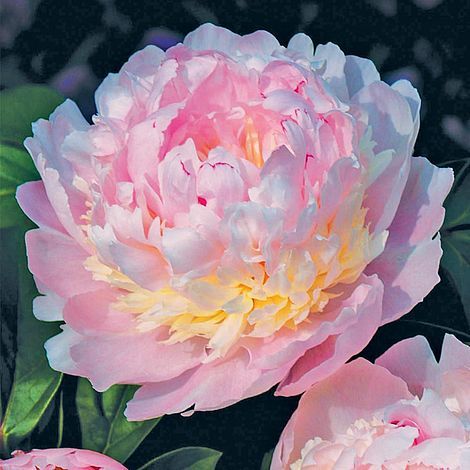
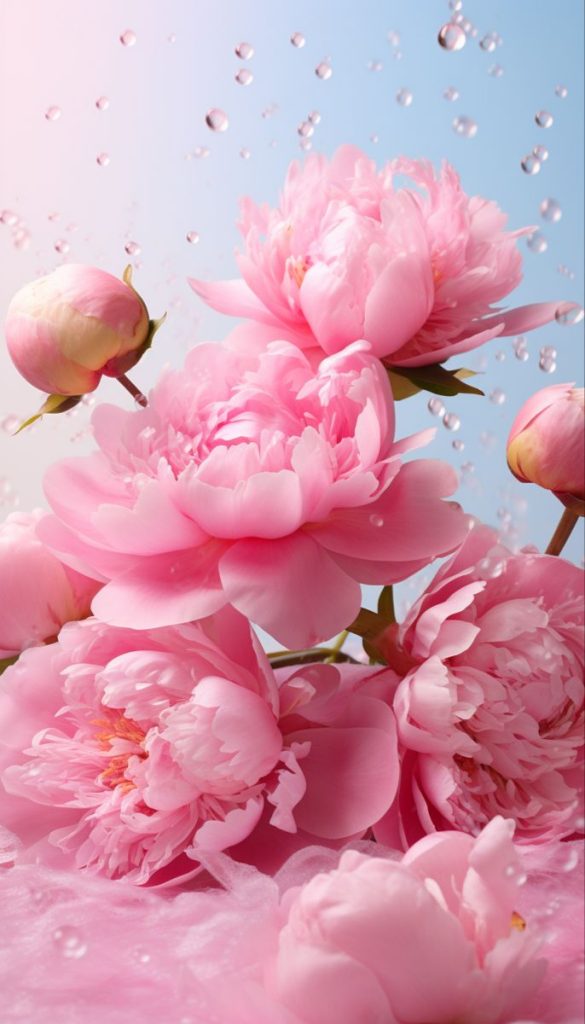

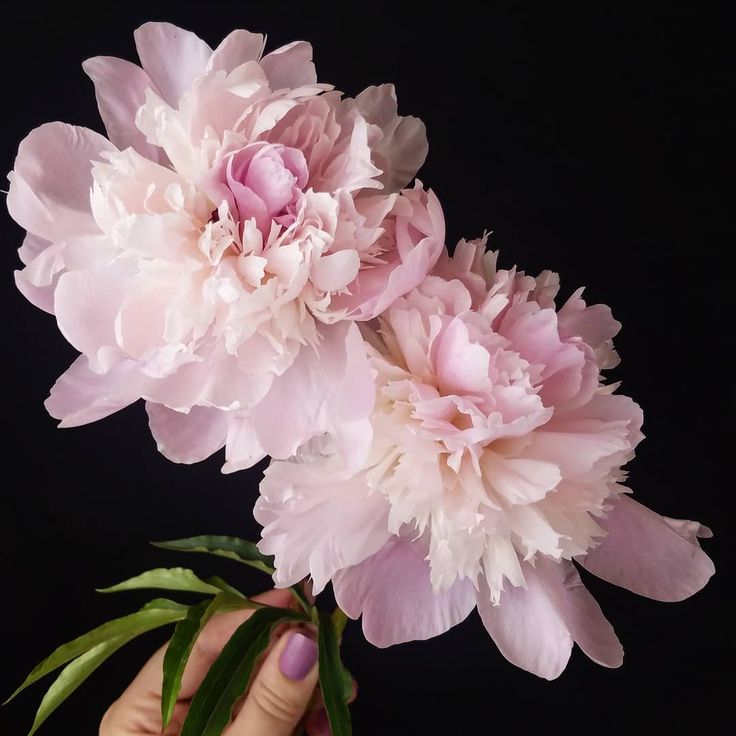
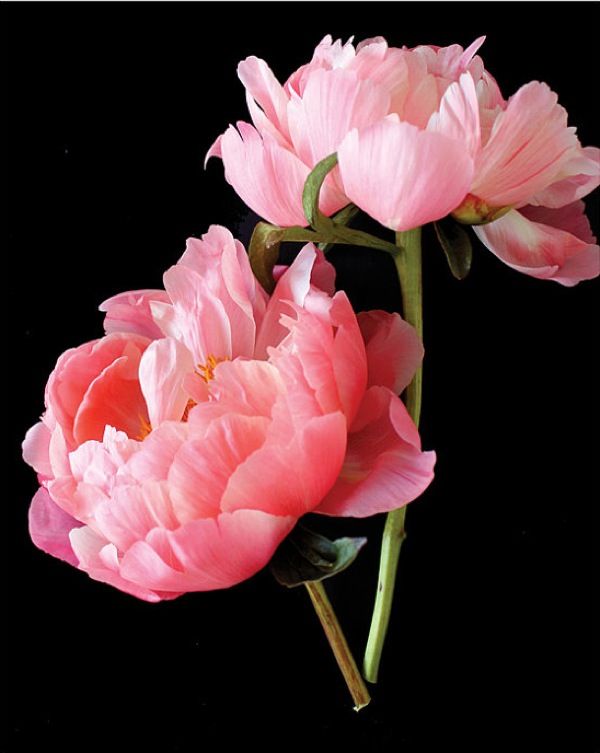



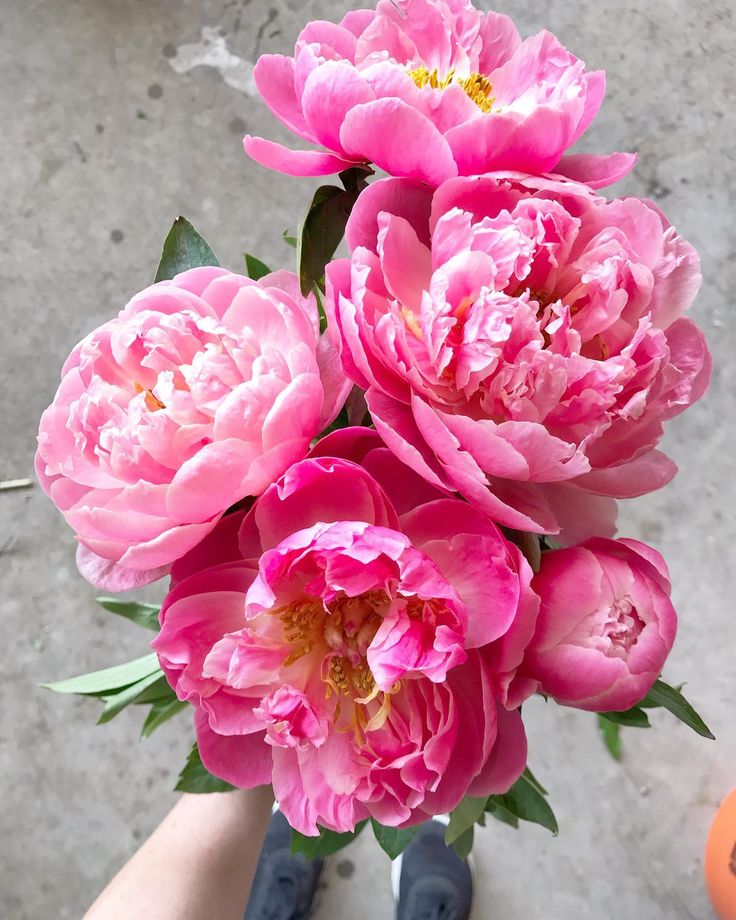
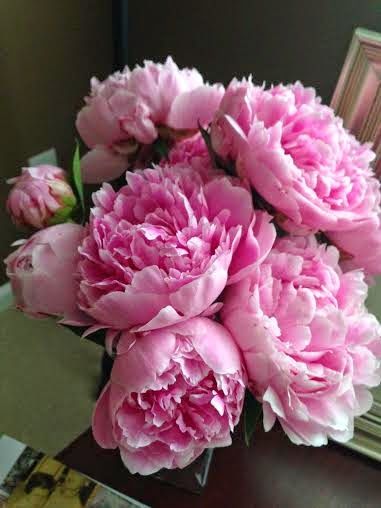
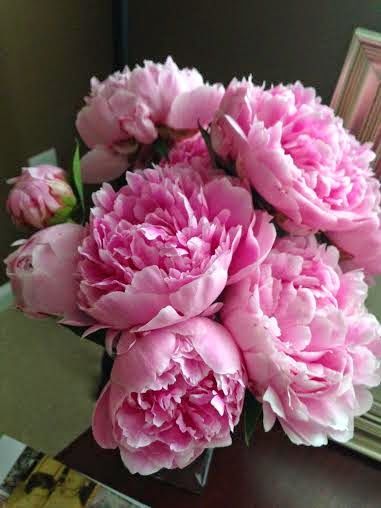
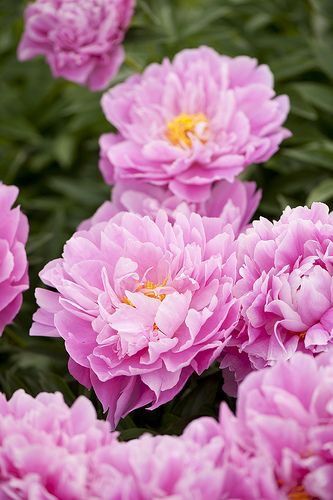
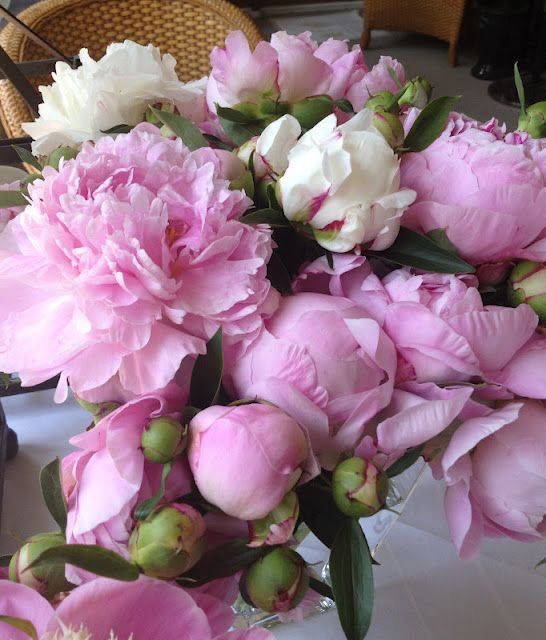
Dormant Phase: Winter Slumber
As winter approaches, peonies enter a period of dormancy, signaling the beginning of their lifecycle. During this phase, the plant’s growth slows, and its energy is redirected to the roots. Peony roots are crucial for storing nutrients and water, providing the foundation for vigorous growth in the upcoming seasons.
Spring Awakening: Emergence of Foliage
With the arrival of spring, peonies awaken from their winter slumber, heralding the start of a new growth cycle. As temperatures rise and daylight hours increase, the dormant buds begin to swell, signaling the emergence of fresh foliage. The vibrant green leaves unfurl, absorbing sunlight and photosynthesizing to fuel the plant’s growth.
Budding Stage: Anticipation Builds
As spring progresses, the peony plants continue to grow vigorously, preparing to produce their iconic blooms. Buds form at the tips of the stems, each encapsulating the promise of a breathtaking flower. Gardeners eagerly anticipate the unfolding of these buds, knowing that they will soon be rewarded with a spectacular display of color and fragrance.
Blooming Splendor: Magnificent Flowers
The pinnacle of the peony’s lifecycle is reached when the buds burst open into glorious blooms. The flowers unfurl their petals, revealing a captivating array of colors, from delicate pastels to vibrant hues. Bees and other pollinators are drawn to the sweet nectar, contributing to the plant’s reproductive cycle.
Fading Beauty: Petals Fall
As the days pass, the once-vibrant blooms gradually fade, signaling the end of their lifecycle. Petals begin to fall from the flowers, scattering like confetti on the ground below. While the blooms may be fleeting, their beauty leaves a lasting impression on all who behold them.
Seed Formation: Reproductive Cycle
After the petals have fallen, the peony plant focuses its energy on seed formation. Fertilized flowers develop seed pods, containing the genetic material needed for future generations. These pods swell and ripen over time, eventually splitting open to release the seeds within.
Dormancy Redux: Winter Preparation
As autumn arrives, the peony plant prepares for another period of dormancy, completing the lifecycle circle. Foliage begins to senesce, turning yellow and brown as the plant conserves energy for the winter months. Once again, the roots become the focus, storing nutrients and water to sustain the plant through the cold season.
Conclusion
The lifecycle of peonies is a testament to the beauty and resilience of nature. From the dormant phase of winter to the blooming splendor of spring, each stage brings its own unique charm and significance. By understanding and appreciating the lifecycle of these enchanting flowers, gardeners can cultivate thriving peony plants and revel in their timeless allure year after year.
FAQs (Frequently Asked Questions)
- When is the best time to plant peonies?
- Peonies are typically planted in the fall, allowing them to establish their root systems before the onset of winter dormancy. However, they can also be planted in the spring with proper care.
- How do I care for peonies during the dormant phase?
- During dormancy, peonies require minimal care. Ensure they are planted in well-drained soil and apply a layer of mulch to protect the roots from freezing temperatures.
- Do peonies require a lot of sunlight to bloom?
- Peonies thrive in full sun to partial shade, with at least 6 hours of sunlight per day being ideal for optimal blooming.
- Can I divide peonies to propagate new plants?
- Yes, peonies can be divided in the fall or early spring to propagate new plants. Dividing every 5-10 years helps rejuvenate older plants and maintain their vigor.
- How long do peony blooms typically last?
- Peony blooms can last anywhere from a few days to a few weeks, depending on the variety and weather conditions. Deadheading spent blooms can prolong the flowering period and promote additional blooms.
